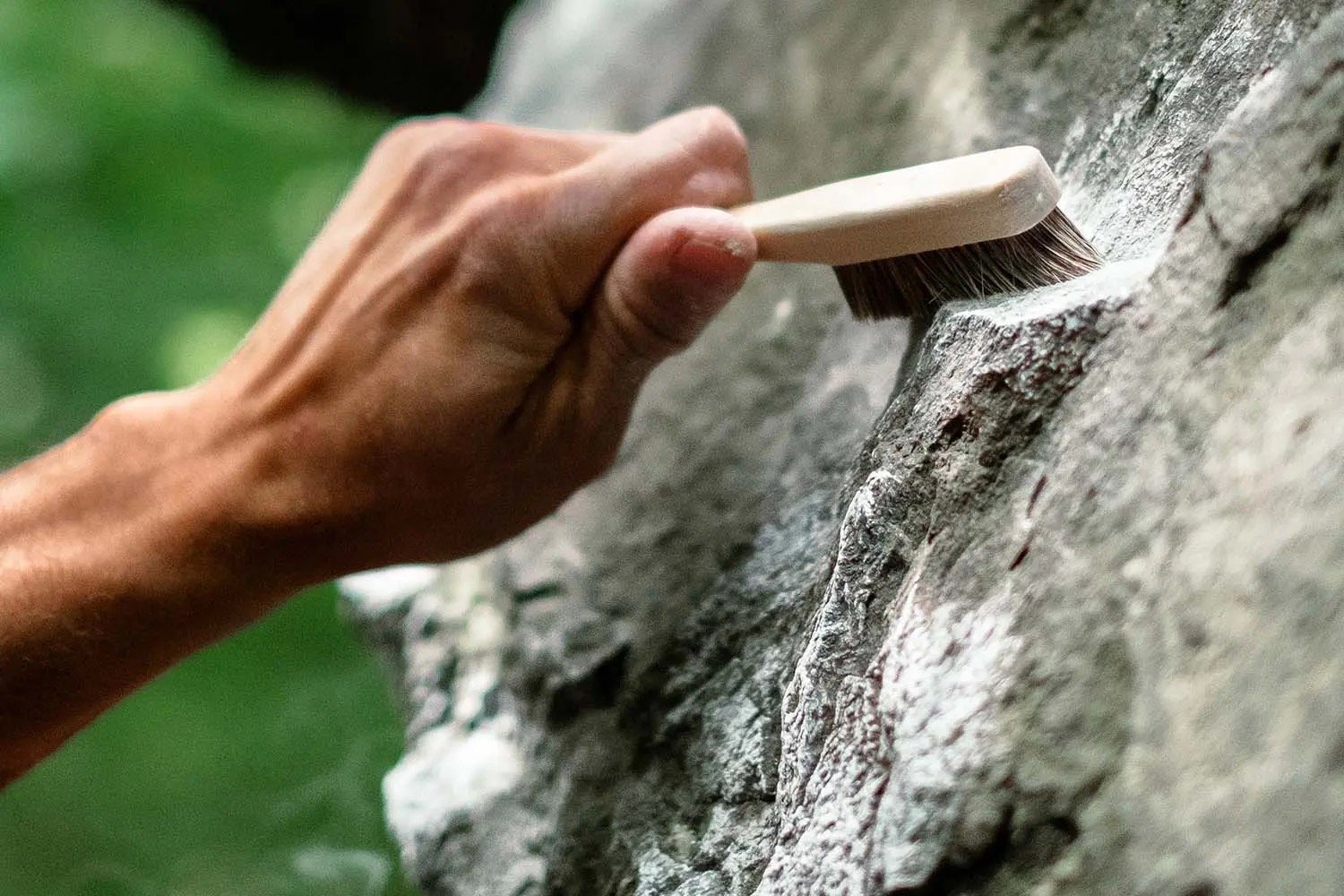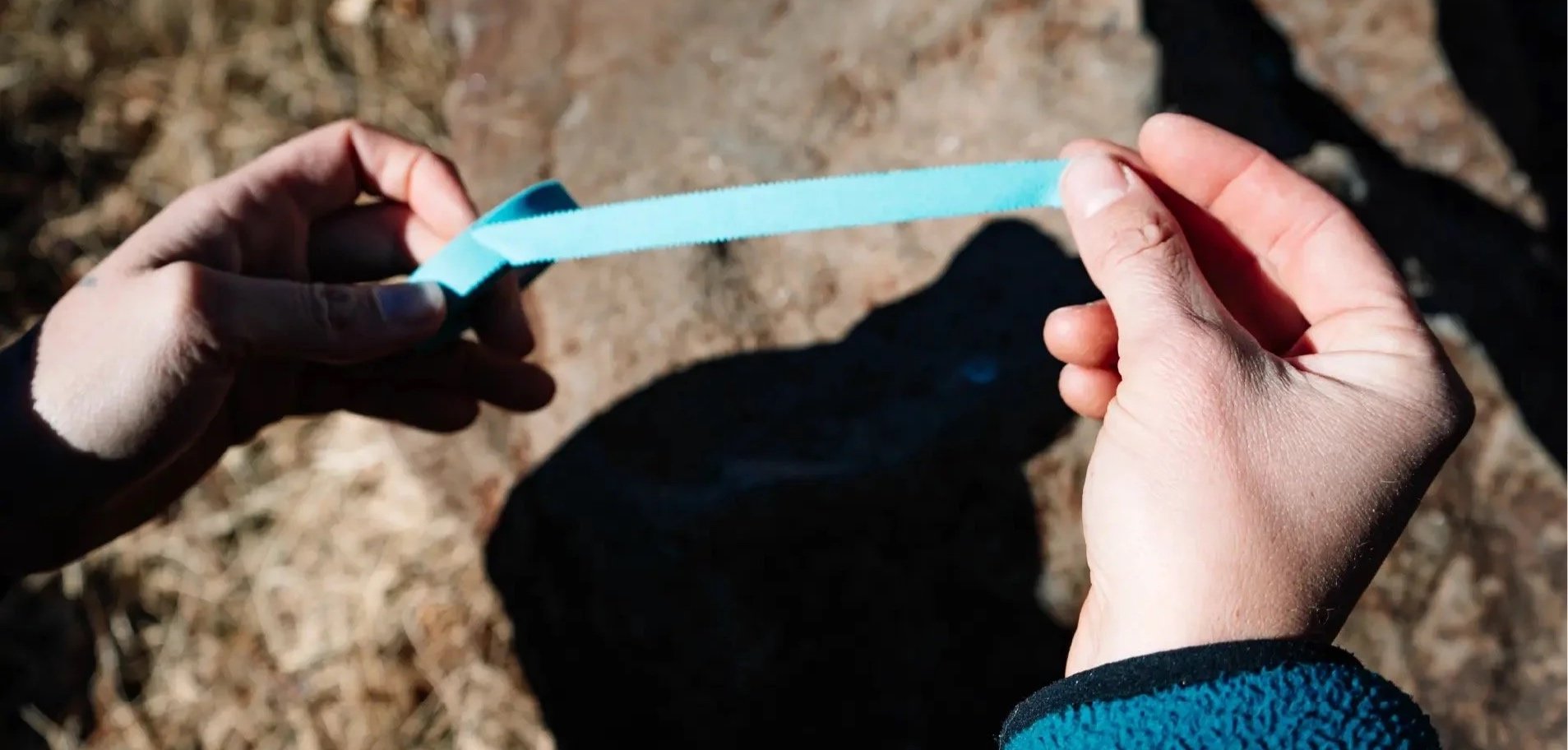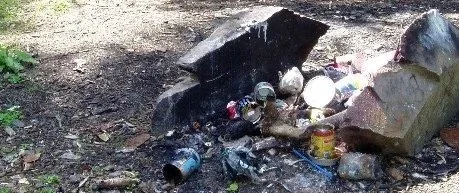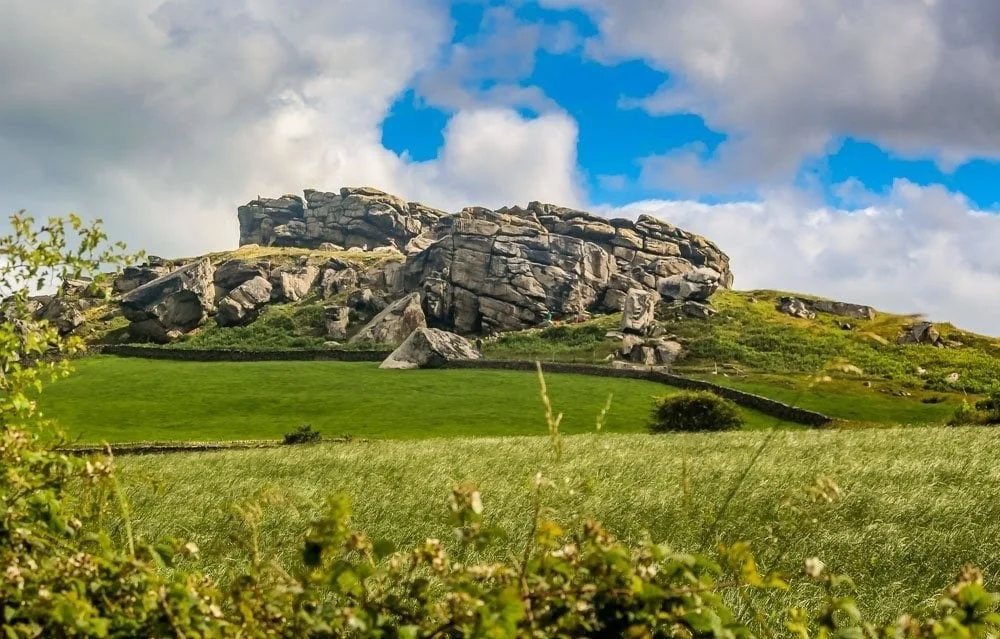Climbers, respect the rock: leave no trace & outdoor etiquette
No matter the style - trad, bouldering, or sport - climbing comes with a shared responsibility: to respect the planet. Often climbers hold a deep respect and understanding that should ideally be shared among all climbers, and all styles of climbing - to leave no trace. In fact, these days I’d go one step further and say leave it better than you found it. Brushing off tick marks, picking up litter, tidying up the area - all the little things that add up to being a respectful climber.
what is ‘leave no trace’?
There are 7 principles that make up the Leave No Trace ethics, which cover topics that help you minimise your impact on the environment. They’re particularly valuable for outdoor recreational activities (such as climbing) as these can very quickly cause destruction or damage that’s often irreversible.
We’re going to cover the basics here, but for a deeper dive into the principles head over to lnt.org, the organisation that take responsibility for sharing these principles with the wider community.
The 7 Principles of Leave No Trace:
Plan ahead & prepare
Travel & camp on durable surfaces
Dispose of waste properly
Leave what you find
Minimise fire impacts
Respect wildlife
Be considerate of others
What does this look like for climbers?
Firstly, by planning your trips to the crag ahead of time, you can factor in things like car-sharing or using public transport to reduce your carbon footprint. You could also plan a longer trip if you’re travelling far, as one longer trip is much better for the environment than several shorter trips.
Once you’ve reached your destination, try stick to established footpaths as much as you can, as not to disturb the wildlife or cause impact on potentially sensitive ecological environments. For the same reason, be careful where you place your gear down and choose spots that will have the least impact.
When climbing, make sure to use gear and products that are designed to minimise impact when used. Check your liquid chalk doesn’t contain resin, use brands that are environmentally-conscious - I’ll let you in on a secret, GEKCO checks off all of this and more - and make sure to physically do what you can to leave no trace (aka brush those tick marks! And any excessively chalky holds).
We shouldn’t have to say much about why disposing of waste properly is important, we all go to these incredible places because we appreciate the environment, the rock, the surroundings and I’m sure you would agree, seeing litter scattered around doesn’t add to their beauty. We like to think as climbers, we’re often not the ones responsible for littering, for the big things that’s often true but there are a few objects worth pointing out where we do often accidentally contribute to the littering problem as a community:
Tape - Flappers, splits, crack climbing, marking gear… we love tape, it’s damn useful but used tape is by far one of the things we see more than we should at crags and it’s a simple one to fix when you’re mindful of it. In the heat of the moment it’s often ripped off and shoved into a chalk bag pocket that doesn’t close properly, or a jacket pocket where it gets dragged out hours later as you reach for your phone. It might be a bit minging when it’s sweat soaked and blotted with blood from the war wounds you sustained fighting that heinous overhung hand jam or horribly sharp finger lock but I can guarantee it’s even more disgusting to the next person who finds it laid across some heather while they’re sat putting their shoes on. Try to make a point of rolling it into a tight ball and putting it somewhere it’s not likely to fall out to be disposed of back at home.
Rope ends - The most common foreign object that litters the base of crags, a thin plastic end cover that comes with new ropes and often gets knocked off a few climbs in unbeknownst to the owner until they come to rack up, by which point finding it would be a needle in a gorse haystack.
Ultimately and inevitably accidents happen and some people make bad life choices. Litter in our environment is all but impossible to prevent as long as humans traverse through it. As users and custodians of these areas we believe we have a responsibility to keep them clean, maintained and without a trace that we were there. We can’t remove the fact we slipped off our “warm up problem” because it was 2 grades too difficult and our ego is big, but we can remove that plastic bottle on the side of the trail we’ve just seen on the walk out.
Leaving a place better than you found it - so much could be said for this point. From as little as shoving a littered wrapper in your trouser pocket (it won’t give you the lurgy) to attending an organised crag cleanup or path maintenance event. The gold standard for us is adding a bin bag to our kit list, fill it up as you go along and dispose of the litter at home. We have to do this or no one will.
Why is this so important?
The Leave No Trace ethic is vital for protecting the fragile environments where climbers frequent. Many UK crags are home to rare plants, wildlife, and delicate ecosystems that can be easily damaged from trampling, erosion or pollution. Chalk build-up, litter, and human impacts can have lasting negative effects on the landscape and local wildlife. By minimising our impact - sticking to established footpaths, brushing off tick marks, and taking away everything we bring in (and more) - climbers play a crucial role in protecting these natural habitats for generations to come.
Not only are these principles key to preserving the environment, but they’re also key to protecting access to these beautiful climbing destinations. In the UK, the Leave No Trace ethic is especially important where access to crags often depends on landowner goodwill and local agreements. The BMC, who help to manage access negotiations with landowners across the UK, emphasise that climbing access is not a right in many cases, but a privilege based on trust, behaviour, and informal or formal agreements.
To Sum it all up
In the end, climbing is about more than just the moves you make, when you make the move outdoors it’s about respecting these places we love. Respecting the environment through the Leave No Trace principles isn’t just good practice - it’s essential if we want to keep enjoying the crags we love, and ensure future generations can too. Every bit of effort counts, from brushing off your chalk to picking up a stray wrapper.
So next time you head out, think beyond the climb. Be mindful, be prepared, and leave it better than you found it. The rock will still be there tomorrow - let's make sure the access, beauty and biodiversity are too.










